“Fashion More Than Ever Will Need Substance”—A Conversation With Critic and Curator Maria Luisa Frisa
Talking about the future is our collective obsession in these quarantined days. It would be a new sort of society game if our endless speculations weren’t underlined by feelings of worry and apprehension. Futurologists and astrologers are having the time of their lives—who can blame them? Our mood swings depend on their predictions.
To dissipate the anxiety that hovers like a cloud over my head, the best remedy is a good conversation with an intelligent friend or knowledgeable professional—our industry provides plenty of both. So I called up Maria Luisa Frisa, the renowned art critic, fashion curator, author, and professor at IUAV, the University of Architecture in Venice, to pester her with questions. What will be the role of fashion education and will design schools survive the pandemic? Should fashion be rewritten from the ground up? And about those futurologists—do they always get it right? “I don’t think so!” she says. Frisa never minces words.
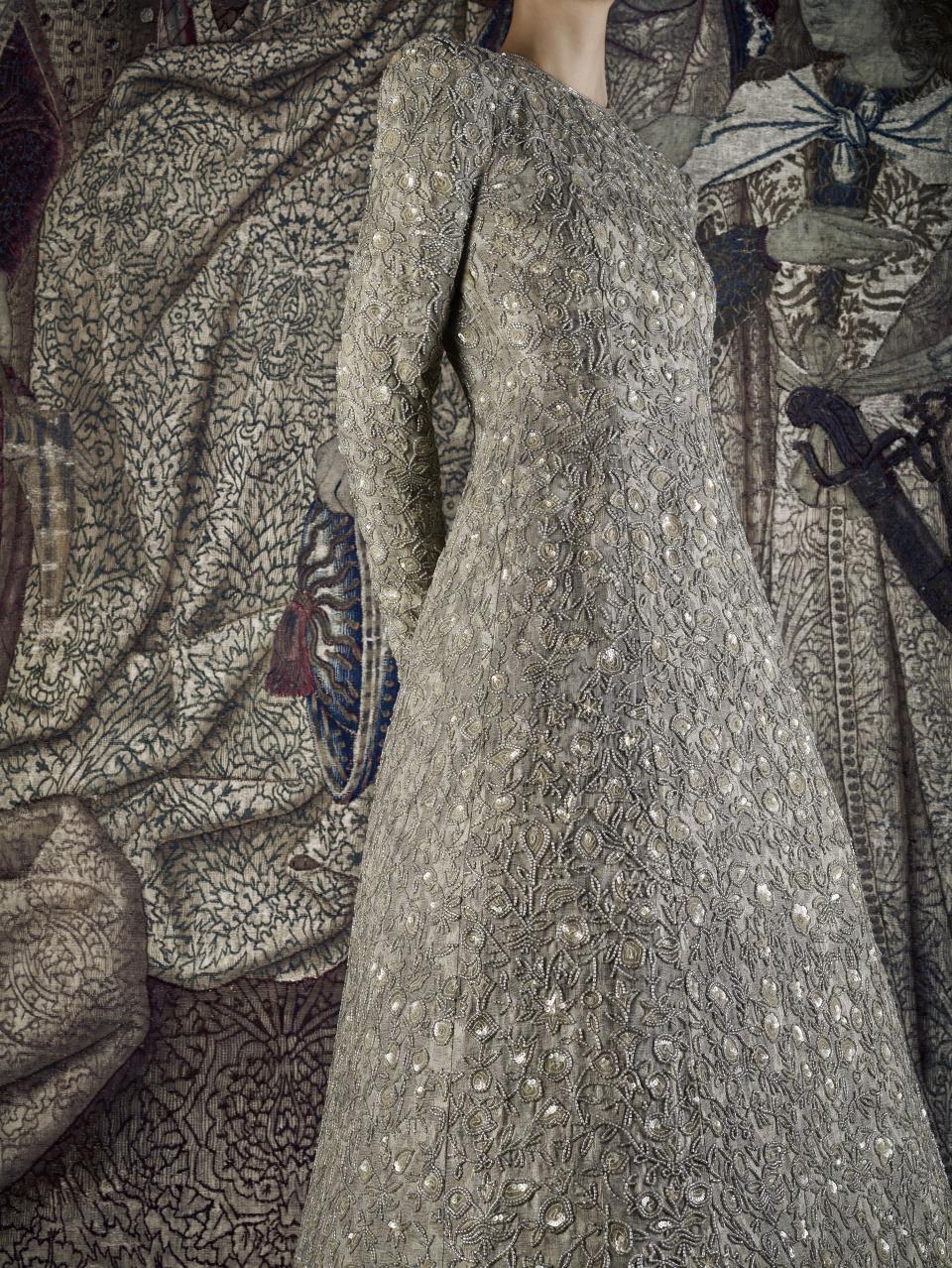
What do you think the role of fashion schools and education will be in the foreseeable future?
I firmly believe that today education is paramount: Fashion designers must have an education giving them the perspective to navigate and make sense of the disciplines of modernity and their complexities. And for art students, fashion is the most incredible platform to understand the arts of our century; fashion is the place where everything collapses, so to speak. Because fashion is a sort of prehensile system that feeds on other disciplines. Today more than ever, artists confront fashion practice—think of Vanessa Beecroft and Francesco Vezzoli or Sylvie Fleury and Matthew Barney, just to name a few. This year, just before the pandemic’s outbreak, we introduced a new program dedicated to fashion communication’s new media, which seems utterly apropos. In the future, fashion will have to approach communication in a very different way. What will truly matter in the future will be the content of any fashion practice and its values. The most relevant designers today are the ones whose practice is underlined by strong intentions and a substantial point of view on modernity—the best fashion designers are actually authors. And fashion more than ever will need substance. Communication skills will become even more sophisticated and nuanced, as awareness, respect of cultural differences, and languages will be paramount in the future.
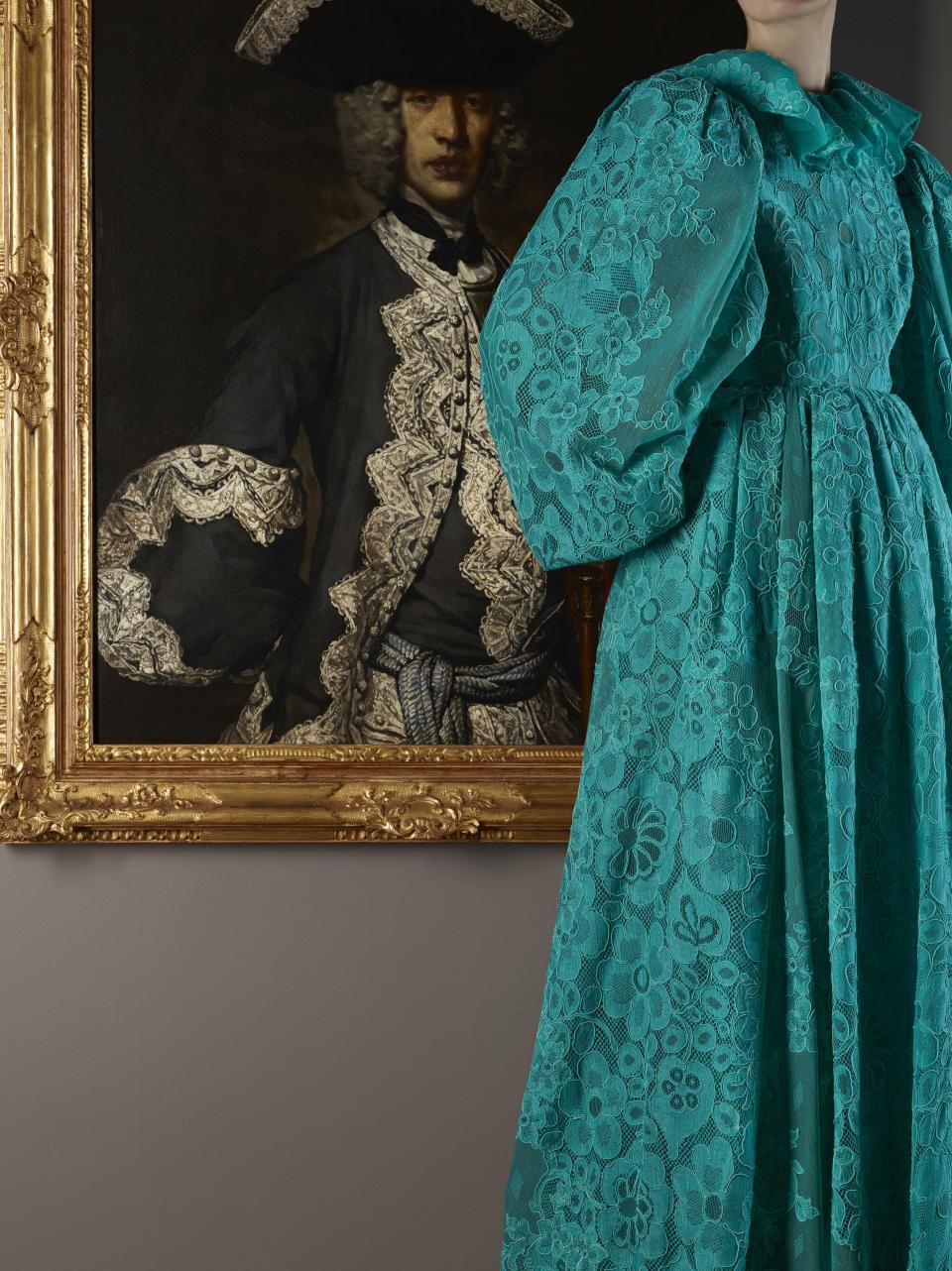
Fashion and art students are surely looking at the future with feelings of apprehension—they will probably question their choice of a career in fashion, which will suffer a moment of deep economic turmoil. As a professor, how are you addressing their sense of insecurity and worry?
It’s a problem that we teachers at IUAV have discussed. On one hand, we’re giving support, empathy, and encouragement—they’ll face tough times; that’s certain. But what I tell them is that you don’t have to fear the future. This crisis is a rupture, a profound disruption, a moment of turmoil. But what I say to them is that this dramatic break will force us to restart. It puts us with our back to the wall. You have no choice but to react. Young people don’t have to look at what already exists—they have to imagine what doesn’t. It’s their duty. We probably needed this moment of disorder; we had reached a tipping point on many levels. But we don’t have to go back—we have to endure and transform. I think fashion has a deeper meaning than just answering the question “What will we wear tomorrow, and when will we leave behind the XXL tracksuits we’re wearing at home now?” I truly believe that fashion has a higher, more important value. Once all this is over, fashion will help everyone of us to say: I am here, I feel good, I want to face the world anew. Clothes help us define who we are, even to transcend ourselves.
Of course, we’ll have to change fashion rituals—fashion shows, communication, a lot of superfluous attitudes and habits. The economic crisis will force us to change that. Fashion is a global system that employs thousands of people, and we all hope that it will continue to do so. It brings forth culture, ideas, beauty. We cannot give up all this. At the same time, we’ll have to activate more than ever an ethical behavior: limit waste, stop discrimination, embrace true sustainability processes. But ethics and aesthetics are two faces of the same coin. And fashion has a comforting quality, an emotional depth that transcends the mere idea of luxury—fashion helps define ourselves in the world and can lift up our spirits. We’ll have to change certain of its rules, that’s for sure. But I don’t think that when the pandemic is hopefully over, nobody will buy a dress anymore. We have to remember that in Italy, for example, after World War II, fashion was one of the engines of the country’s economy.
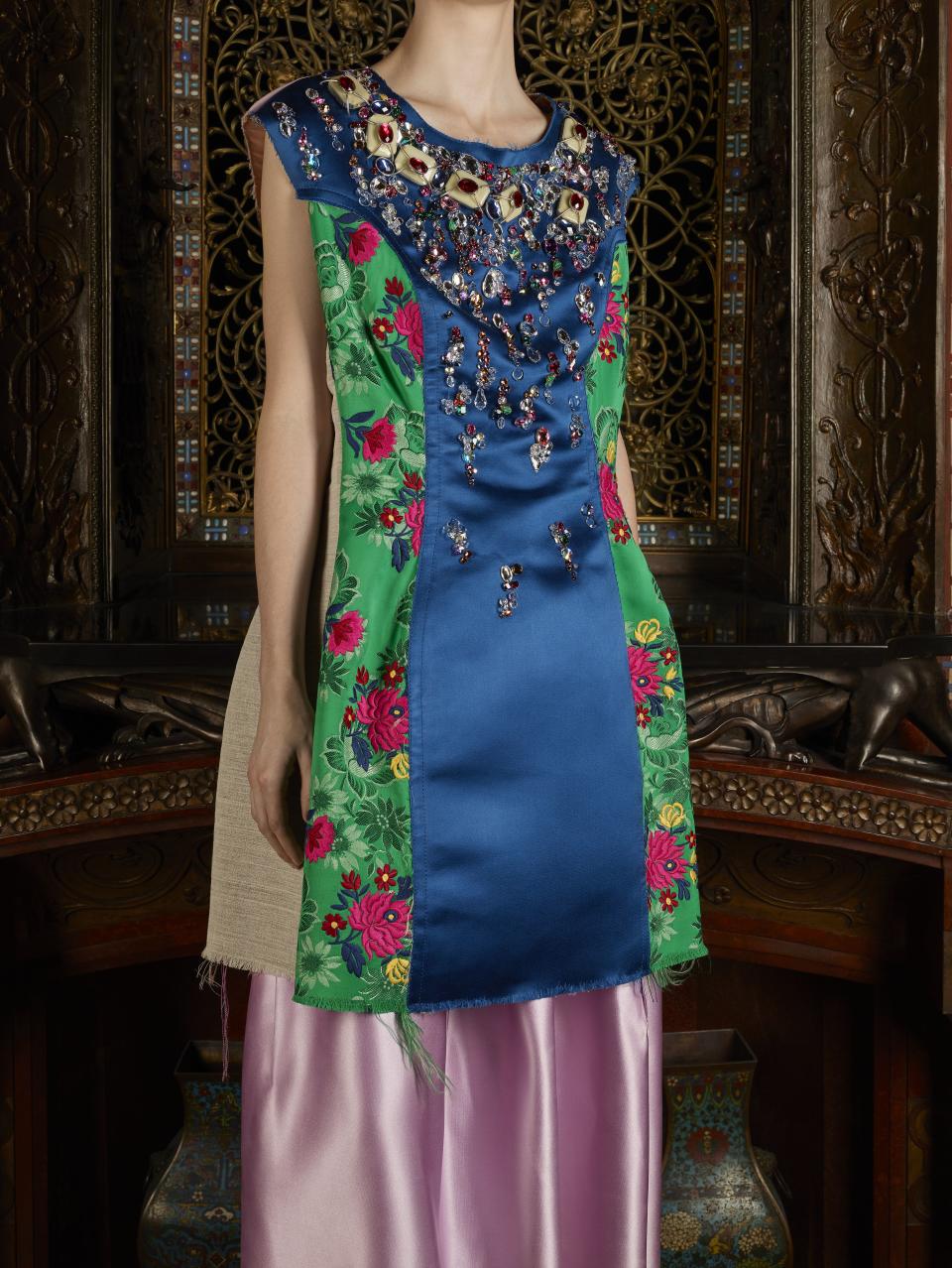
In these uncertain times, futurologists are in high demand. Lidewij Edelkoort, the famous Dutch fashion forecaster, in a recent interview said that in the future our creative attention will be directed more toward our local landscape, more on what is near than on what is far. We’ll reconsider a local perspective instead of a more global one. We’ll travel less; we’ll have to source more locally. The economic crisis will profoundly impact the fashion system as a global community. She claims that the crisis will bring about a DIY aesthetic, arts and crafts will flourish, anticipating what she calls the Age of the Amateur. What are your thoughts on this vision?
As much as I hold Edelkoort in high regard, I’m afraid I disagree with her. I think that her vision always refers to a past that cannot exist anymore. Even her controversial Anti_Fashion, A Manifesto for the Next Decades, where she claimed that the system was dead and that we would go back to craftsmanship, to slow living, to more human and sustainable practices, seems to me more a catchphrase than an assumption based on reality. What she proposes is actually just a nostalgic vision. We cannot go back. We have to move forward—fashion isn’t dead, because it’s a very powerful system that brings about wealth on many levels—wealth of talents and creativity above all, not just lucrative businesses. It’s a system producing quality and culture. If we have a contemporary art museum in Milan, we owe it to Miuccia Prada, who happens to be one of the most relevant designers of our time. It’s a system that generates ideas, contents, values, communication.
I also disagree with Edelkoort’s assumption that the pandemic is a sort of “amazing grace” for the planet and for our fashion system, forcing it to review its functioning from the ground up—in my opinion, this is actually an anti-historical attitude that doesn’t convey any true vision of the future. It’s just bringing back an idea of a past that can no longer return. It’s obvious that craftsmanship holds a fundamental place, especially in our Italian culture. It has been like that for centuries, so there’s nothing new. Not only do luxury brands depend on craftsmanship and savoir faire, but also small fashion companies and indie designers—we know that very well, there’s no discovery to be made. Giving value to diverse local productions is already a reality that feeds the system on many levels. But the market is global, we cannot ignore that. Traveling less in the future won’t mean we’ll have to stop and go back to a bartering system. What we’ll have to do is work on new ways, but the culture of exchange and interaction has to continue. We cannot be nostalgic; we can have nostalgia of embracing our loved ones, but not of old rituals. What the pandemic has taught us is that the world is one and we’re all together in this fight—we’re a connected system, we won’t go anywhere by ourselves. We have more than ever to share resources and knowledge. For example, how will we be able to have a vaccine to fight the virus ready in the near future, if the international scientific community won’t work together on this?
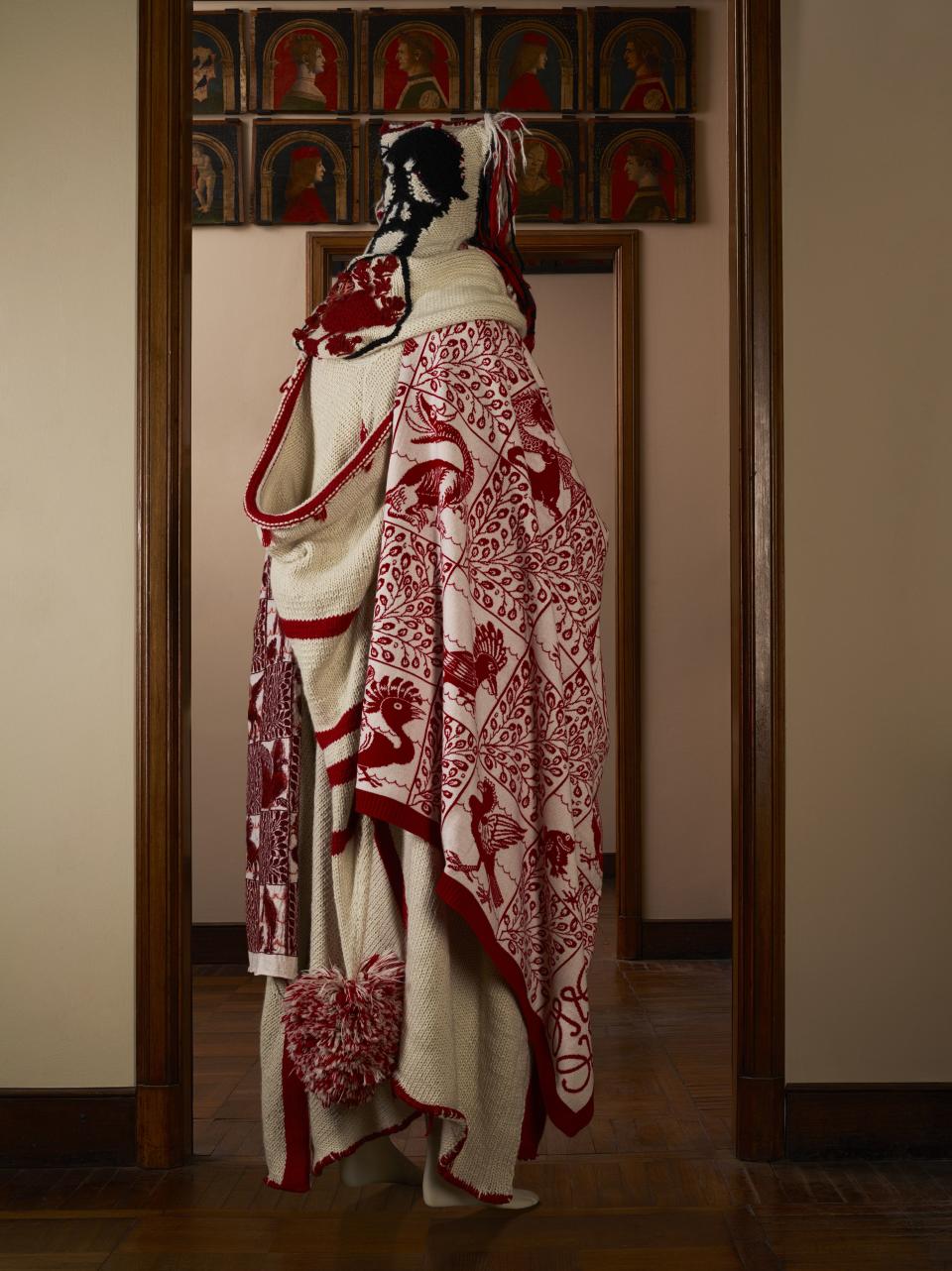
You have an important background as a fashion curator; the last exhibition you curated, called Memos: Talking of Fashion in This Millennium and installed at Milan’s Poldi Pezzoli Museum, opened during fashion week in February, just a couple of days before the pandemic’s outbreak, and therefore had to be shut down and postponed. Teaching fashion curation is also one of the main programs of your course at IUAV. Can you expand on that? How does curating fashion exhibitions differ from curating art exhibitions?
In my opinion, curating a fashion exhibition isn’t that much different than curating an art, design, or architecture exhibition. A curator is an archeologist of the future, who activates the past by relating it to our present’s parameters. I work in close collaboration with the London College of Fashion and with professor Judith Clark, who’s course leader for the MA in Fashion Curation. Together we’ve worked on Memos; we wanted to reflect on a hypothetical project of a fashion museum, that as of today we do not have in Italy, highlighting the role of the most relevant designers as true authors—their design practice and their thinking are in most cases extremely sophisticated and complex. In any case, an art exhibition is somewhat more simple than a fashion exhibition, as the relation between clothes and space isn’t always easy to manage. Unfortunately, our exhibition has been one of the pandemic’s casualties, but hopefully it will be held over until the end of September.
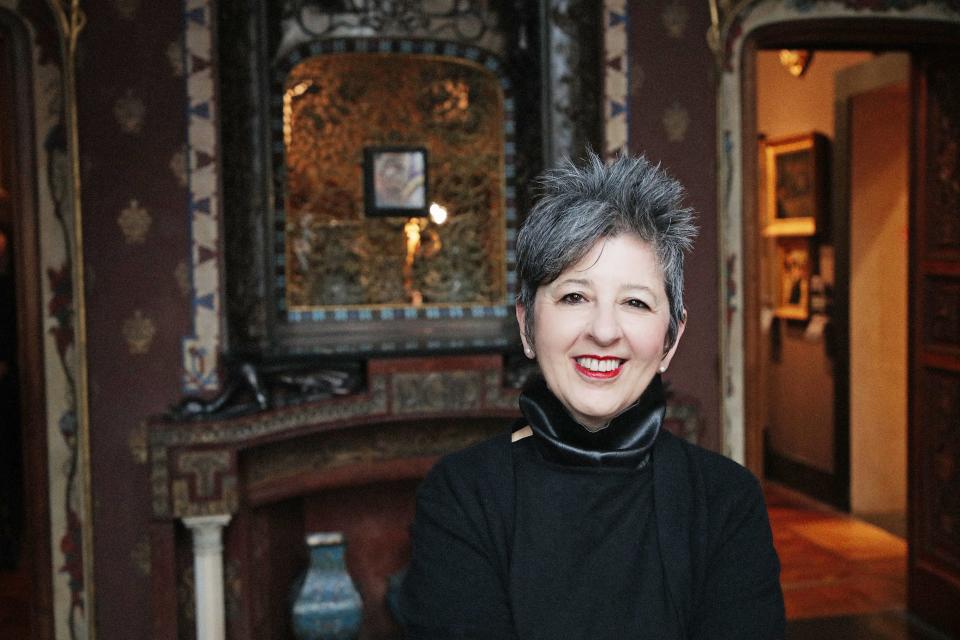
I really hope we’ll be able to see it soon—even if we look at the future with apprehension, there’ll be renewal and opportunity for a new appreciation of things. Do you think that the future of fashion will be a white page onto which everything can be rewritten, as Li Edelkoort has recently claimed in an article in Italian Vanity Fair? The theme of a white page was also emphasized by Italian Vogue’s April cover, with no images or writing on it.
For me the future of fashion isn’t actually a blank, white page. A white page means tabula rasa. It suggests a sort of limbo—an absence and not a presence. It’s zero-ing. But what was there before is still there now; it has to be rethought, reimagined, transformed. Fashion is a system that works always on itself. It’s its greatest power. It’s able to constantly renew and restart, using what it needs to reboot, and getting rid of what is obsolete. That’s its strength—and its beauty. Indeed, it’s future is a big challenge. More than ever, true talent will be necessary and not gimmicks. Talent will have to be cultivated by education, serious studies, respect for the importance of culture. Superficiality will hopefully be swept away—at least it’s what I hope will happen in fashion. And fashion brands, of whatever size, will have to deal with what they were and what they should become, because people working for fashion won’t disappear, despite the economic crisis that awaits us. In my opinion, a white, blank page awaiting to be filled is probably a too easy way of selling an idea of the future. The future is now; we’re building it up with what we are in this moment. Saying that we have to erase and restart is just a catchphrase. Our responsibility is to restart from who we are. Restart from the people we work with, building a collective project that belongs to us all.
Originally Appeared on Vogue

